Childcare letter template
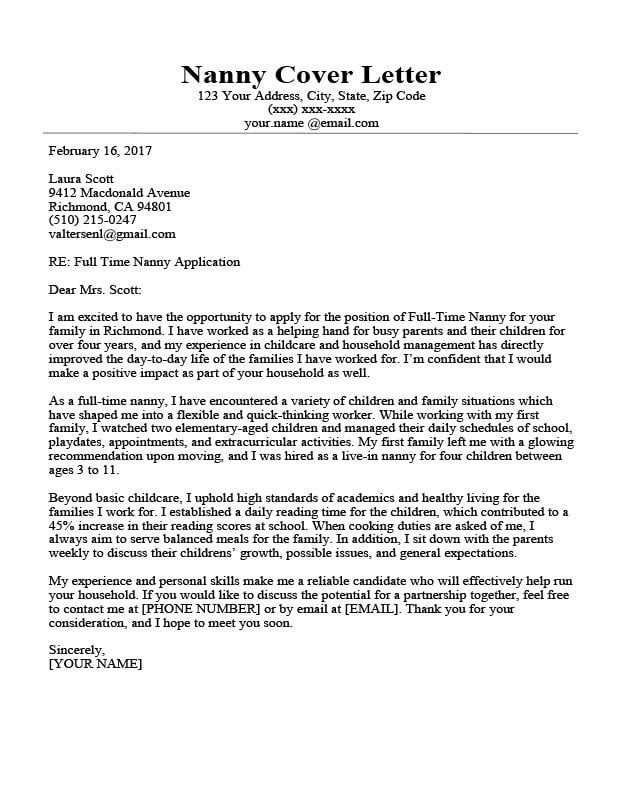
Sample Template for Childcare Letters
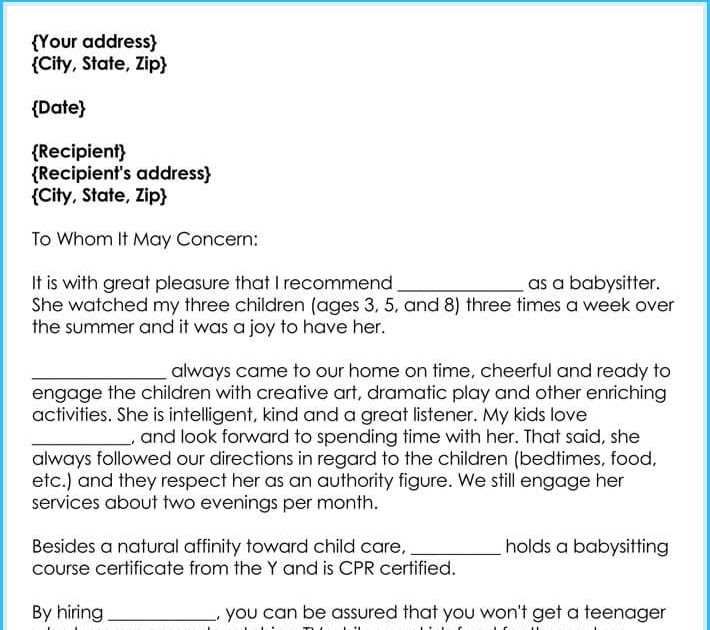
Use the following template to create a professional childcare letter. Adjust it based on your specific needs and relationship with the recipient.
Basic Childcare Letter Template
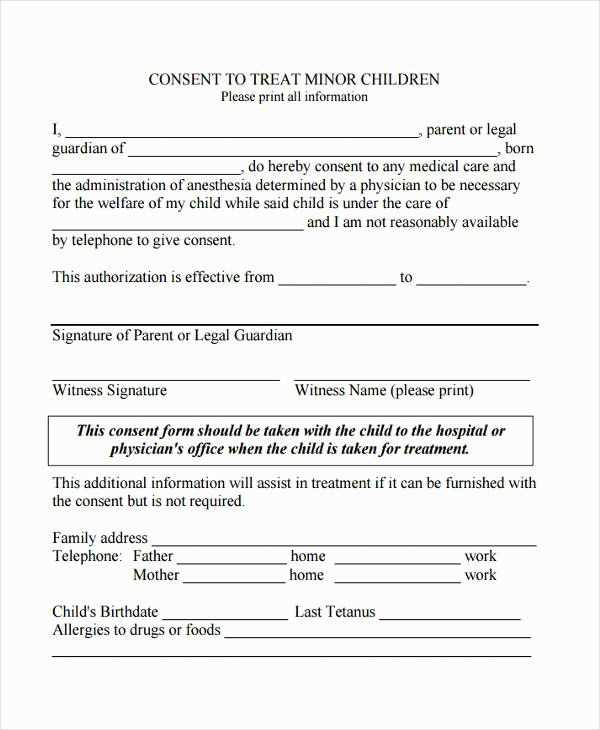
Dear [Recipient’s Name],
I hope this message finds you well. I am writing to confirm my [services/commitment/availability] for providing childcare for [child’s name] starting from [start date] to [end date]. Below are some details regarding the arrangement:
- Hours: [e.g., 9 AM – 5 PM, Monday to Friday]
- Location: [where the childcare will take place]
- Emergency Contacts: [names and phone numbers]
- Special Instructions: [dietary restrictions, any medical needs, etc.]
- Payment Terms: [rate, schedule, and method of payment]
If you have any additional requests or need further clarification, feel free to reach out at [your contact information]. I look forward to taking care of [child’s name] and ensuring a positive experience for both of us.
Warm regards,
[Your Name]
Customizing Your Childcare Letter
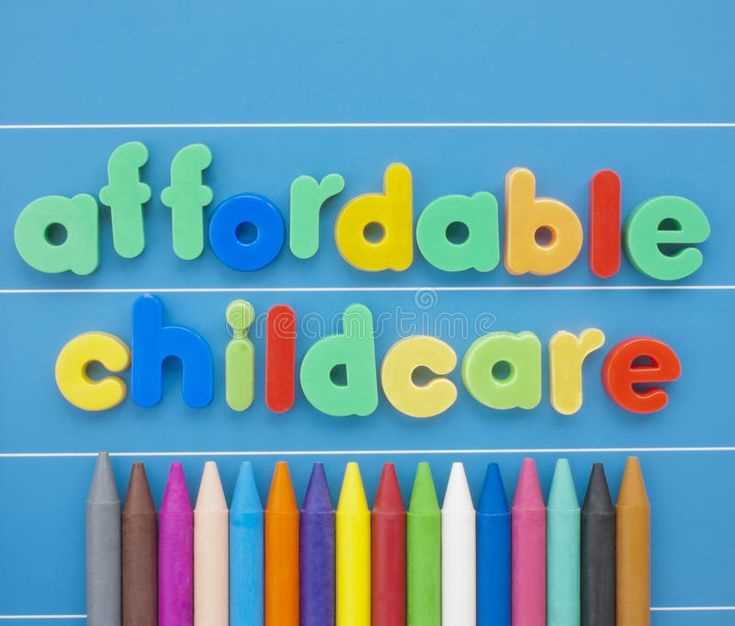
When personalizing your letter, make sure to include details that apply specifically to the child’s needs and your agreement. If the child has any allergies or special routines, include that information clearly. This helps avoid misunderstandings and builds trust.
Additional Considerations
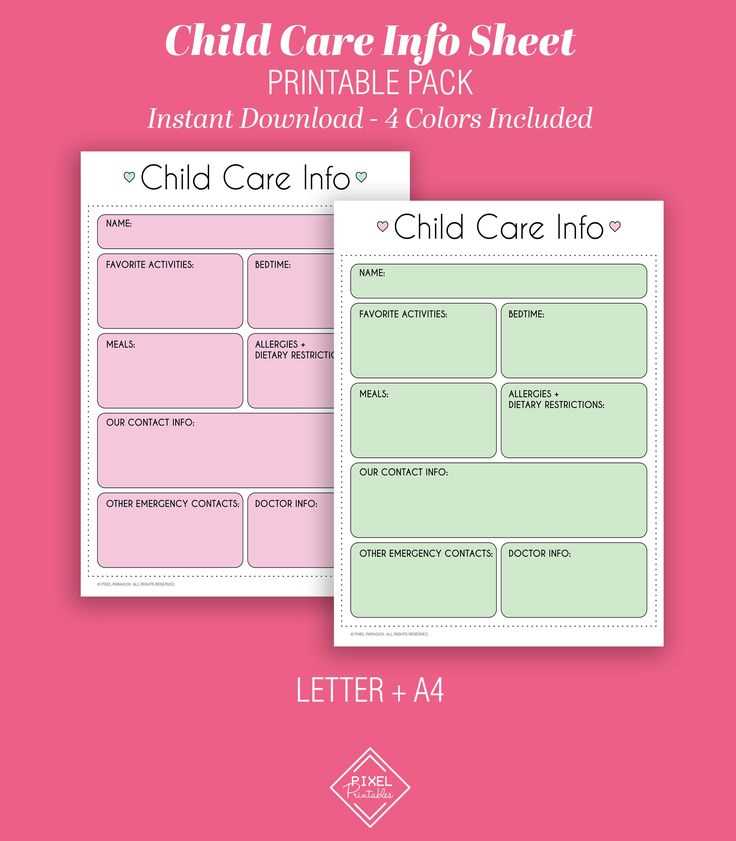
Make sure to confirm the dates, times, and other details well in advance to avoid any confusion. Offering a trial period for new clients can also be helpful to ensure both parties are comfortable with the arrangement.
Childcare Letter Template: A Practical Guide
How to Structure a Letter for a Specific Babysitting Need
Key Details to Include in a Babysitting Letter
Addressing Legal and Health Aspects in a Childcare Letter
Personalizing Your Letter for Various Situations
When to Use a Formal vs. Informal Approach in a Childcare Letter
Common Errors to Avoid When Writing a Babysitting Letter
To craft an effective childcare letter, focus on clarity and relevance. Begin with a clear statement of the babysitting dates, hours, and location. Mention any specific duties, such as meal prep or bedtime routines, and highlight any special instructions, like medical conditions or preferred activities for the child. Ensure the tone matches the situation–formal for professional settings, informal for family or close friends.
Include essential contact information. Provide your phone number and address any potential emergencies. For health and safety, note any allergies or medications the child may need, and specify emergency contacts or procedures. Legal aspects such as consent for medical treatment or transporting the child should also be addressed if applicable.
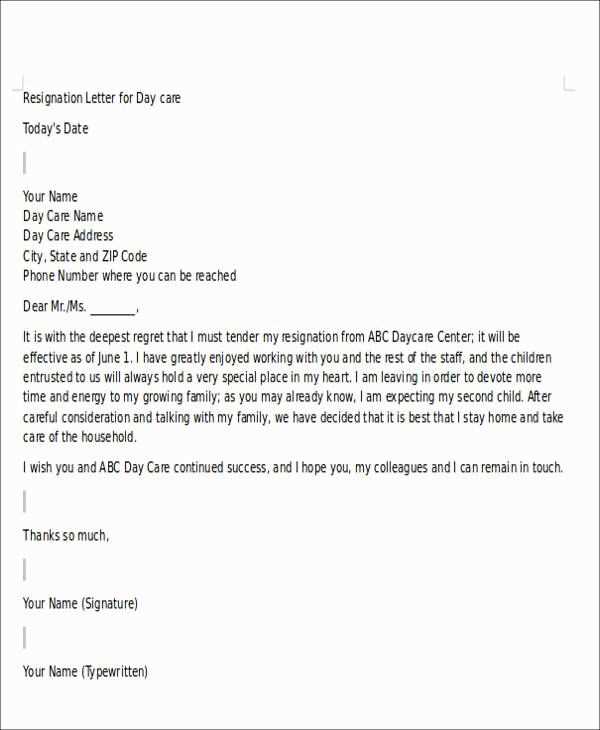
Customize your letter to the situation. For example, if you’re writing to a new babysitter, give extra details about the child’s daily schedule, likes, and dislikes. If it’s for a familiar caregiver, emphasize fewer details and focus on any new instructions. Tailor your tone to reflect the level of formality needed: formal letters may use complete sentences, while informal ones can be more conversational.
In formal settings, be polite and precise. For example, use “I would appreciate if you could…” or “Please ensure…” In informal settings, feel free to adopt a more relaxed tone, but always remain respectful. If the letter includes a contract or agreement, ensure it is clear and legally sound.
Avoid vague or generic statements. Do not assume the babysitter understands everything about the child’s preferences or your expectations. Be direct and explicit with your instructions. Additionally, steer clear of using overly complex language or unnecessary jargon–your goal is clear communication.